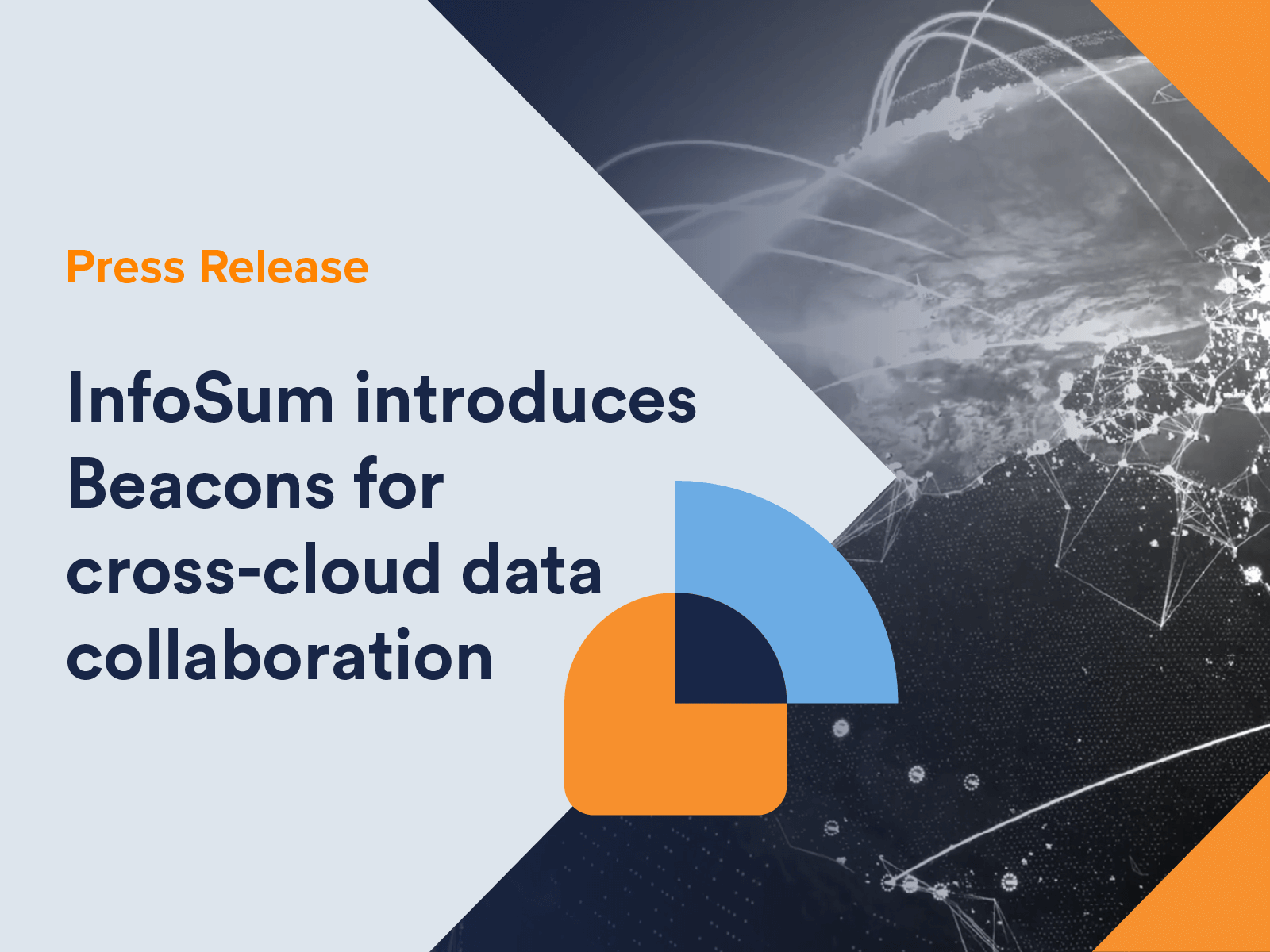Can you picture a Mexican standoff in the Old West over a buried treasure? Calculating gazes, twitching trigger fingers, impending doom—all to a haunting score from Ennio Morricone?
That’s what data collaboration used to feel like. Companies twitching to work together but unsure about who to trust, who should make the first move, and whether the buried treasure is even worth all the trouble. Defining the scope of the collaboration, identifying and normalizing relevant data assets, establishing legal and data governance frameworks, assembling the necessary tech infrastructure and developing use cases used to take months, even years of careful planning, without any guarantee of success. The whole choreography was closer to a confrontation than a collaboration.
Thankfully, a new breed of data clean rooms is now allowing potential partners to skip the long, cold stares, and jump straight into digging for gold.
It’s time to take data collaboration to the next level
Data-driven marketing today is marked by heightened privacy regulations, channel fragmentation and the rise of new data ecosystems like connected TV and retail media networks. Third-party cookies and other intrusive identifiers are on their last legs, and most marketers (83% according to Gartner) are now pinning their hopes on first-party data to connect the dots with advertising partners and create value for their customers.
That’s terrific news for the sake of transparency—and a much more efficient way to do business to boot—but it won’t work if data collaboration remains too complex, too slow and unreliable. The fact of the matter is, while everyone agrees that data collaboration is the way of the future, most are intimidated by the prospect, and very few know where to start.
At InfoSum, we aim to make data collaboration as easy as ABC: Agree to broad collaboration terms, Bunker your data, and start Collaborating almost immediately.
A: Agree to broad collaboration terms
A key principle of our data clean room technology is that it doesn’t involve data sharing. All analyses are performed using secure multi-party computation techniques and decentralized edge processing. No data changes hands, only mathematical models that can’t be reverse-engineered to reveal any of the underlying customer data.
By eliminating the need for data movement during collaboration, our solution is built from the ground up to safeguard customer privacy and prevent accidental or malicious data leakage, exposure, or misuse. That means that the parties considering data collaboration don’t need to spell out all potential use cases—and guard against every potential pitfall—in their contractual negotiations. They can strike a broad agreement and let the games begin.
How fast can all of this happen? Companies that use our technology have formal agreements in place in as little as a week.
B: Bunker your data
Once the agreement is signed, the next step is to bring your data to the party. You want your first-party data to be normalized and stripped of all PII to comply with privacy regulations, and you want total control over what your partners are allowed to do with it.
At InfoSum, we pioneered the use of Bunkers: standalone, private cloud instances that are unique to each company, fully encrypted, and only contain a mathematical representation of the data. No raw data or PII is ever stored in the Bunker, and no one besides the data owner has access to it. The data owner has full control over the scope of the collaboration and the data that can be used in any analysis or activation, down to the keys used for matching and the attributes available for analysis. And depending on use cases and current needs, it may decide to expand access permissions for a given partner, or on the contrary, take away certain rights, without calling into question the basic terms of the underlying data collaboration agreement.
Best of all, Bunkers don’t require any changes to a company’s existing data infrastructure. They’re completely agnostic to what type of CRM, CDP, DMP or data warehousing solution it may already use to host and activate its data. And once the data is normalized using our easy-to-use global schema, it never has to be reformatted or adjusted ever again. A true ‘set it and forget it’ philosophy that allows businesses to focus on building relationships and executing use cases rather than worrying about submitting tickets, or waiting for a technical resource to manipulate the data for each collaboration.
C: Start collaborating almost immediately
Marketing is a means to an end, and when business moves fast (which is more the rule than the exception these days), marketing needs to move fast too.
UK agency Wake The Bear recently chose InfoSum to provide data clean room technology for its client Thortful, a leader in the greeting cards business and a premiere marketplace for thousands of independent creators. Once the agreement was in place, Thortful’s data was Bunkered in less than four weeks. Since then, Wake The Bear has used that data to run brilliant (and highly effective) campaigns for the company.
French automaker Renault wanted to put its first-party strategy to the test and worked with German media group Axel Springer All Media (ASAM) to find the overlap between their respective datasets, build lookalike models and activate those newfound audiences at scale. The campaign’s conversion rate was 18% higher than for a comparable cookie-based campaign, and the profiles reached were 38% more likely to be in-target—all at a 15% lower cost per action.
ABC to D: Discover new partners and business opportunities
Whether one-on-one or multi-party, data collaboration is now possible in seconds. This means that new partnerships and mutually-beneficial business opportunities can be discovered, tested and brought to market faster than ever before, and with greater privacy protections to boot.
Now marketers can quickly discard the bad and the ugly, and only focus on the good: Carmakers can create high-value custom audiences and target car buyers when they’re in-market; financial firms can safely augment their CRM data with second-party demographic, location, and behavioral data to find suitable (and highly-profitable) segments for new personal loans or lifestyle-oriented credit card services; CPG companies can use retailer data to match purchase and exposure data and calculate incremental sales lift; and travel companies can upsell their joint customers with highly relevant offers without alienating any of them.
For more practical use cases and details about how modern data clean room technology can help you find the right partners and unlock more value from your data assets, download the new Data Collaboration Playbook for Brands from InfoSum.







